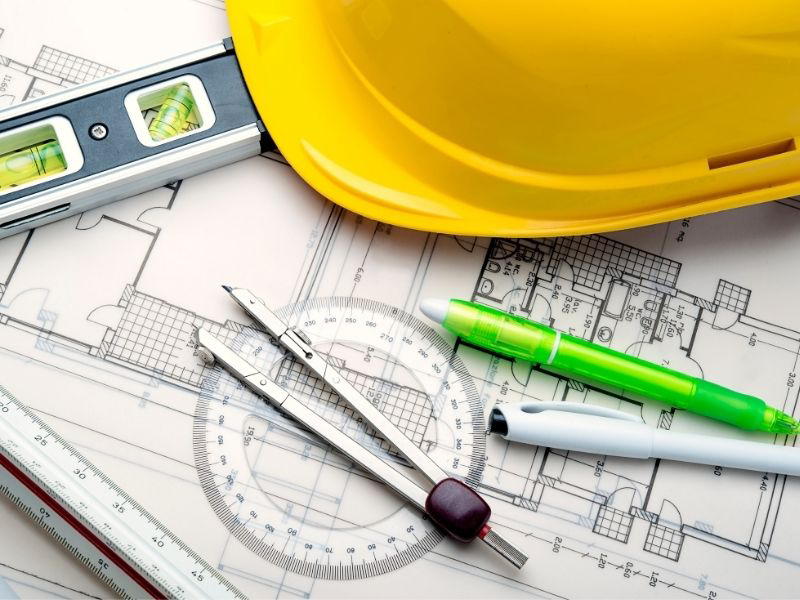1. Make sure your site is zoned for a laundromat before you buy or start the project. Also, make sure of what size signage you can install and where you can put it.
2. Oversize your utilities – 400-amp, three-phase service. Know whether you will need a transformer on site and where you can place it, or whether you can get power directly off the pole.
3. An eight-inch sewer line is best for the anticipated customer rush on the weekends. Do you need a lint trap? Is your drain trough sloped to the sewer line? If not, you’ll have standing, stinking water.
4. Have an engineer tell you what size gas line you’ll require for all of your dryers, water heating system and HVAC unit.
5. Be sure you have a one-and-a-half-inch water line. Also, strongly consider a water-flow device that removes the bubbles from the meter to help save money on your water bill.
6. Be prepared for large utility deposits, or know the facts about your laundromat so that you can discuss them with the utility providers in order to reduce your deposit. (Remember that you can get reimbursed for many of those deposits after 12 months of on-time payments.)
7. Work with your distributor to size your HVAC units correctly – taking into account the way the windows face, how much sun you will get, how much residual heat will be produced by your dryer pockets, and how many people on average will be in your store. Don’t depend on your HVAC company to recommend the right size for your business. (Also, remember to replace filters at least every quarter, due to all of the lint.)
8. Have your cable/internet connection run directly into your office so that, as you upgrade, you won’t have to run a 100-foot cable all the way from the back utility room through the ceiling to your office. Also, double the number of outlets in your office so that you’re never short on them when you need them. In addition, install two air-conditioning vents in the space where you have your card machines, to extend the life of the computers – because multiple computers produce a lot of residual heat.
9. Know what type of security system you’re going to install, as well as where you’re going to place the interior and exterior cameras.
10. Make sure you talk with your distributor about having enough makeup air. Also, be certain that your dryer vents are placed far enough away from your makeup air vents.
11. Be sure you allow for adequate room for a service person to access the backs of your dryers and to get in between your washer bulkheads.
12. Insulate your water pipes at time of construction, rather than later.
13. Know whether or not you’ll require a drain in your utility/water heater room for condensation?
14. If you’re gutting and removing walls from a previous business – and you have an open floorplan for your laundromat – be sure the roof can support itself, along with any snow from a heavy winter store. If that’s not the case, you may need to add supports in the center of the store.
15. Most importantly, if you’re renting, be sure to get landlord approval for all of these improvements – especially any roof or side-of-the-building penetrations for venting – before you start, and include that approval in your lease. If you’re lucky, you might even get some rent credits for what you’re adding in value to the landlord’s property.







